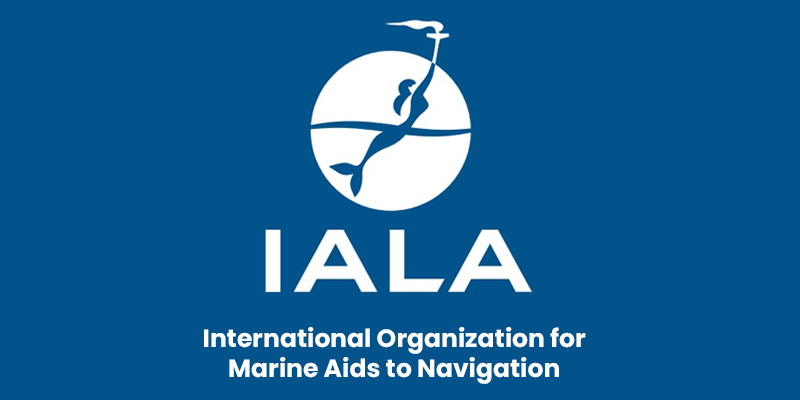Font size:
Print
Risks to India’s Economic Growth and Needed Reforms
Context:
The International Monetary Fund (IMF), in its latest Article IV Consultation for India, has highlighted several challenges to the country’s economic growth trajectory.
More on News
- These include geopolitical tensions, oil price volatility, and a weaker-than-anticipated recovery in private consumption and investment.
- While acknowledging India’s progress in fiscal consolidation, the IMF has recommended improvements to its fiscal framework, financial sector reforms, and increased exchange rate flexibility to enhance economic resilience.
Shift Towards Debt-Based Anchor & Need for Revised Fiscal Legislation
- Debt-to-GDP Ratio: The IMF commended India’s move toward adopting the debt-to-GDP ratio as a medium-term fiscal anchor, considering it a significant step toward greater fiscal transparency and accountability.
- The Indian government, in its 2025-26 budget, has committed to shifting to a debt-GDP ratio target of 50±1 percent by March 31, 2031.
- The central government’s debt-GDP ratio is projected to decline from 57.1 percent in 2024-25 to 56.1 percent in 2025-26.
- Suggests New Framework: However, the IMF suggests that the new framework should also encompass state government debt to ensure a comprehensive debt reduction strategy.
- It recommends a clear fiscal deficit trajectory for both the central and state governments, along with medium-term macroeconomic projections to improve transparency.
- The IMF believes these measures should be integrated into a revised Fiscal Responsibility and Budget Management (FRBM) Act.
- State’s Debt Burden: India’s state-level debt burdens vary significantly.
- States like Punjab, Himachal Pradesh, Bihar, West Bengal, and Kerala have high debt-GDP ratios, whereas Odisha, Maharashtra, and Gujarat maintain lower ratios, below 20 percent.
- A clearly defined debt reduction roadmap for both the Centre and states would strengthen India’s fiscal policy.
Call for Greater Exchange Rate Flexibility
- Need Flexibility: The IMF has also advocated for greater flexibility in India’s exchange rate policy, arguing that allowing the rupee to adjust naturally to external shocks would improve market stability.
- It recommends limiting foreign exchange interventions to disorderly market conditions, as excessive intervention can create moral hazards by discouraging firms from hedging foreign currency risks.
- RBI’s Interventions: Over the past two years, the Reserve Bank of India (RBI) has actively intervened in the currency markets to maintain rupee stability.
- As a result, the average annual volatility of the rupee-dollar rate has dropped significantly from around five percent (2000-2022) to 1.92 percent in 2023-2025.
- However, this intervention has led to unintended consequences, including increased unhedged currency exposure.
- The RBI’s Financial Stability Report indicates that 34.4 percent of External Commercial Borrowings (ECBs), amounting to USD 65.49 billion, remain unhedged, raising concerns about currency risk management.
Financial System Reforms & Improving Job Creation
The IMF has made several recommendations for strengthening India’s financial sector:
- Reducing SLR: One key suggestion is reducing the Statutory Liquidity Ratio (SLR), which currently stands at 18 percent, unchanged since April 2020.
- Lowering this ratio could encourage greater voluntary participation in the government bond market and reduce financial repression.
- Flexibility in PSL: Another recommendation pertains to Priority Sector Lending (PSL).
- The IMF highlights the need for more flexibility in PSL policies, as existing regulations limit banks’ ability to pursue distinct business strategies.
- While reforms have been initiated, PSL remains an area requiring further policy enhancements.
- Financial Resolution: Additionally, the IMF has emphasised the need for a robust financial resolution framework.
- The Financial Resolution and Deposit Insurance (FRDI) Bill, which aimed to establish a Resolution Corporation for orderly resolution of failing financial firms, was shelved in 2018 due to concerns over the “bail-in” clause.
- The IMF suggests revisiting the bill with necessary revisions to align India’s financial resolution mechanisms with international standards.
- Increasing FLFPR: On the employment front, the IMF underscores the importance of increasing female labour force participation and reducing employment barriers for women.
- Strengthening women’s participation in the workforce can reduce labour market inequality and contribute to sustained economic growth.
India’s economic outlook remains promising, but addressing the challenges identified by the IMF will be crucial for long-term stability. Implementing a revised fiscal framework, adopting a more flexible exchange rate policy, and advancing financial sector reforms can enhance India’s economic resilience and drive sustainable growth.


